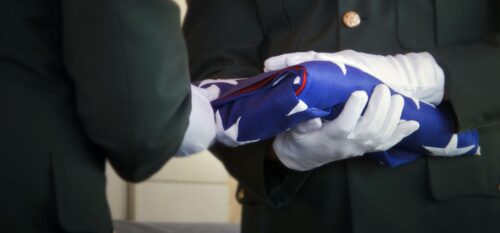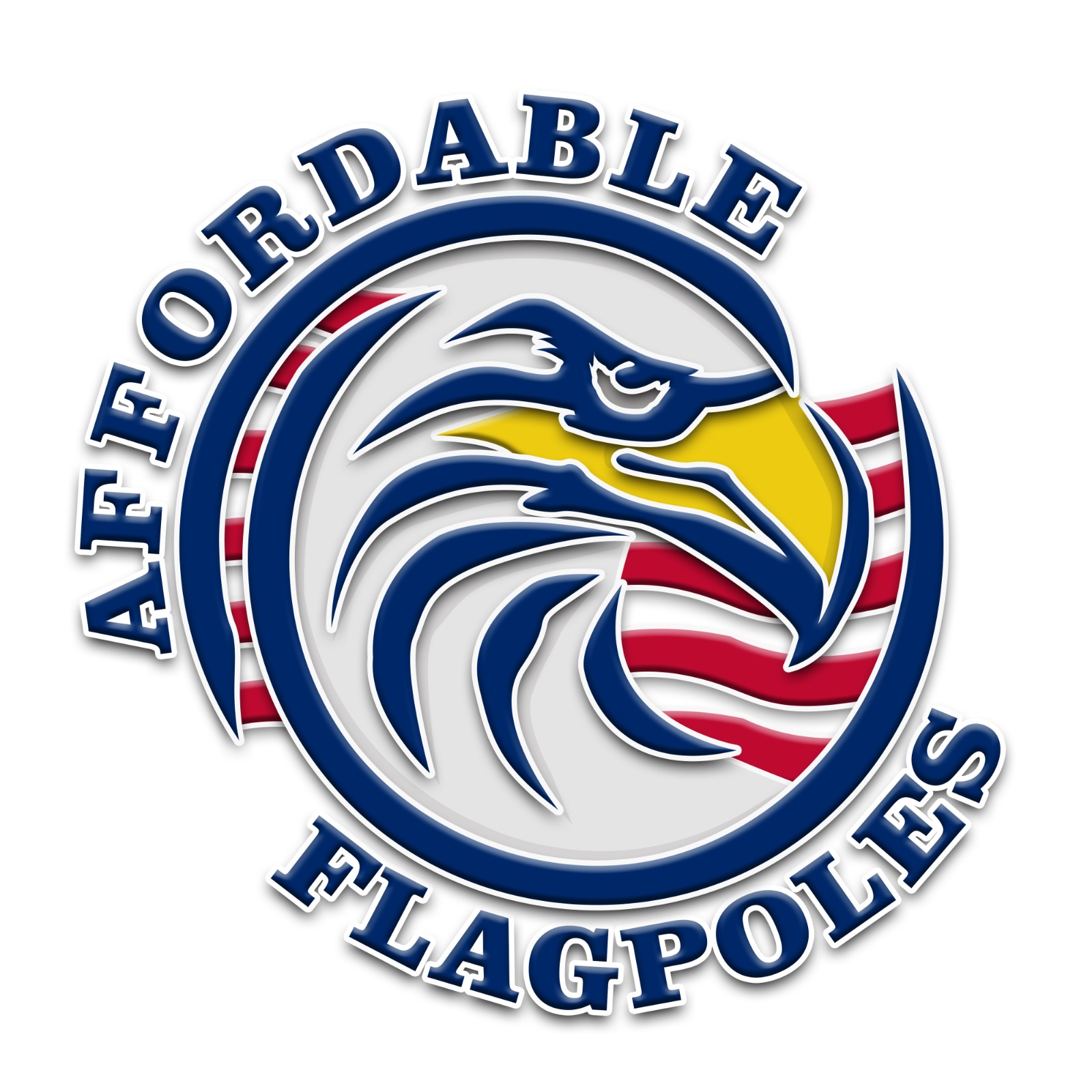Flag Facts
12 Intersting Facts About The American Flag
The American Flag is not just a piece of fabric. It is symbolic of the fabric of our
society as a nation. It has been carried far and wide as a symbol of American pride,
all the while serving as an emblem of the freedom, we hold dear.
Below are 12 interesting facts about the American Flag:
-There have been 27 versions of the American Flag.
From the 1777 original that had 13 stars and 13 stripes for the American colonies,
there have been many changes and iterations of the flag. Each time a state was
added to the union, a star was added. We, of course, now stand with 50 stars and 13
stripes.
-At one time the Flag had 15 stripes.
We all know the original had 13 stars and 13 stripes for the American colonies, there
have been many changes and iterations of the flag. Each time a state is added to the
union, a star was added. But did you know that the original plan was to add a new
stripe as well as a new star for each new state added to the Union? When those first
two new states (Vermont and Kentucky) were added after the original colonies our
flag had 15 stripes and 15 stars. The actual Star Spangled Banner is an example of
this flag. However as new territories wanted to become states it quickly became
apparent that we would run out of room on the flag for all those stripes so it was
decided to keep the stripes at 13 to represent the original British colonies that
created the Union. Just imagine how our flag might look today with 50 stripes and
50 stars!
-The flag can be displayed for all 24 hours.
While it is Federal law that the flag should be displayed from sunrise to sunset
(unless there’s inclement weather), there are measures that can be taken to show
the flag for all 24 hours. All that needs to be added is proper illumination of the flag
so it can be seen in the dark.
-The colors were chosen carefully.
The Red, White and Blue did not just happen by accident. The founding fathers
wanted the colors to have meaning, not just look visually pleasing. Red symbolizes
hardiness and valor, white symbolizes purity and innocence and blue represents
vigilance, perseverance and justice.
-The current design wasn’t professionally made.
Rather, it was then 17-year-old high school student, Robert G. Heft, of Lancaster,
Ohio who submitted the design in a contest in 1958. It was chosen out of over 1,500
submissions by President Dwight D Eisenhower.
-The current flag is the only one to have lasted more than 50 years.
As stated above, there have been many changes to the design of the American Flag.
But the one we currently observe is the longest running iteration of the symbol,
essentially because no states have been added to the union since 1959.
-A snippet of the flag the Star Spangled Banner was written about was sold in 2011.
The flag that flew over Ft. McHenry, immortalized by Francis Scott Key, is still
around. A 2″ x 5″ swatch of it was sold at an auction in 2011 for a whopping $38,000.
The rest of the flag is on display at Smithsonian’s National Museum of American
History.
-The Flag has a National Day of Recognition.
Flag Day, which celebrates the anniversary of the Flag Resolution of 1777, was
established by the Proclamation of President Woodrow Wilson on May 30th, 1916
after years of local celebrations.
-Flags should be disposed of in a “dignified manner.”
If an American Flag is damaged beyond repair and you need to dispose of it, you
can burn it with dignity. Many municipalities around the country conduct flag
burnings on Memorial Day or the Fourth of July where you can participate.
-The flag can touch the ground and still be used.
There is a myth that once a flag touches the ground it needs to be burned or
disposed of. That’s not entirely true. If a flag is soiled or touches the ground, it can
be washed and dried and continue to be used.
-Seven American Flags have made it to the moon with six of those being placed
on the surface.
You have probably seen Neil Armstrong and Buzz Aldrin on the moon with an
American Flag, but they are not the only ones to plant one on the surface of the
moon. Five additional Apollo missions, 12, 14, 15, 16, and 17, ended with astronauts
placing a flag on the moon. A seventh one circled the moon aboard the ill-fated
Apollo 13 mission but did not make it to the surface.
-The flag farthest from home.
Talk about a flag that is out of this world! Old Glory truly has gone where no man has
gone before. A small Dacron flag was folded and sewn into the thermal blankets of
the Voyager 1 and 2 spacecrafts before they were launched in 1977. Voyager 1 is the
furthest and is in interstellar space approximately 14.5 billion miles from Earth and
traveling at over 38,000 miles per hour. That is a record for how far our flag has
gone that will never be broken in our lifetimes.
The Meaning Behind The 13 Folds Of The United States Flag

If you’ve ever attended a military funeral, perhaps you noticed that the honor guards pay meticulous attention to folding the U.S. flag that once draped the casket. Guards make crisp, precise folds a total of 13 times to complete the ceremony. Much like every other aspect of our nation’s greatest symbol, each of the 13 folds holds a special significance.
Flag etiquette dictates that every time an American flag is to be stored or presented during a ceremony, its handlers should fold it in half twice lengthwise; then starting with the end opposite the blue field, make a taut triangular fold. Handlers continue to fold the flag in triangles until the flag has formed a triangular “pillow” with the blue field showing on the outside. It’s a dignified way to treat the flag, and gives a powerful touch to patriotic ceremonies.
This 13-fold procedure was common long before the more modern assigned meanings. The source and date of origin of the meanings is unknown, but for those who participate or witness a formal flag folding ceremony, whether it be on Flag Day, Memorial Day, July 4th, Veterans Day, or at a military funeral, the 13 meanings can create an uplifting experience.
-This is what the 13 folds mean:
1. The first fold of our flag is a symbol of life.
2. The second fold signifies our belief in eternal life.
3. The third fold is made in honor and tribute of the veteran departing our ranks, and who gave a portion of his or her life for the defense of our country to attain peace.
4. The fourth fold exemplifies our weaker nature as citizens trusting in God; it is to Him we turn for His divine guidance.
5. The fifth fold is an acknowledgement to our country, for in the words of Stephen Decatur, “Our country, in dealing with other countries, may she always be right, but it is still our country, right or wrong.”
6. The sixth fold is for where our hearts lie. It is with our heart that we pledge allegiance to the flag of the United States of America, and to the republic for which it stands, one nation under God, indivisible, with liberty and justice for all.
7. The seventh fold is a tribute to our armed forces, for it is through the armed forces that we protect our country and our flag against all enemies.
8. The eighth fold is a tribute to the one who entered into the valley of the shadow of death, that we might see the light of day, and to honor our mother, for whom it flies on Mother’s Day.
9. The ninth fold is an honor to womanhood, for it has been through their faith, love, loyalty, and devotion that the character of men and women who have made this country great have been molded.
10. The 10th fold is a tribute to father, for he, too, has given his sons and daughters for the defense of our country since he or she was first-born.
11. The 11th fold, in the eyes of Hebrew citizens, represents the lower portion of the seal of King David and King Solomon and glorifies, in their eyes, the God of Abraham, Isaac, and Jacob.
12. The 12th fold, in the eyes of a Christian citizen, represents an emblem of eternity and glorifies, in their eyes, God the Father, the Son, and Holy Ghost.
13. The last fold, when the flag is completely folded, the stars are uppermost, reminding us of our national motto, “In God We Trust.”

